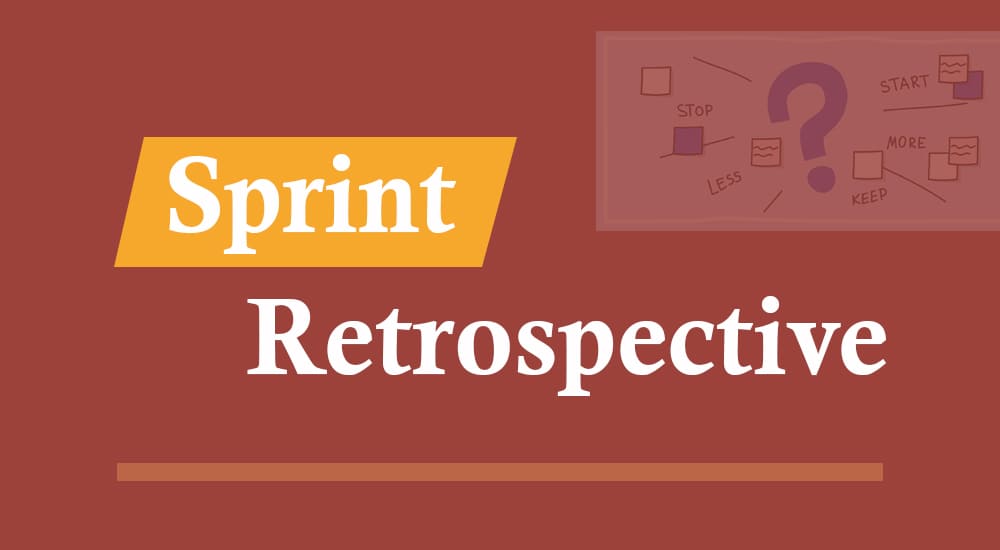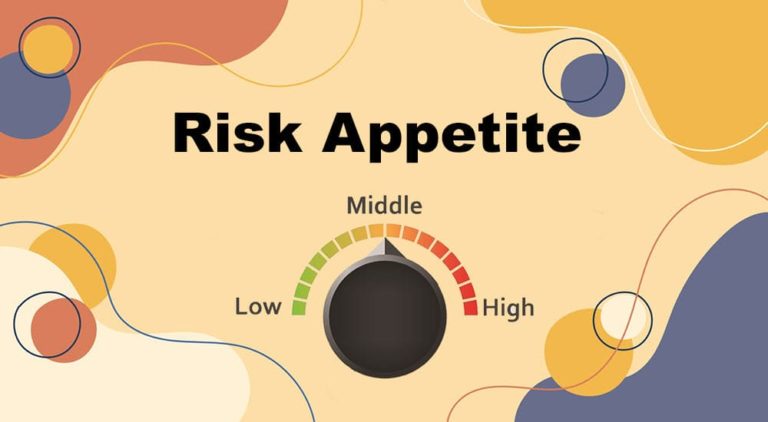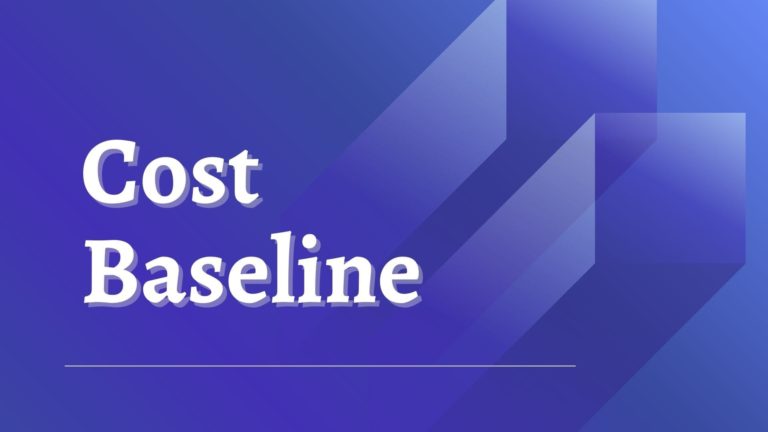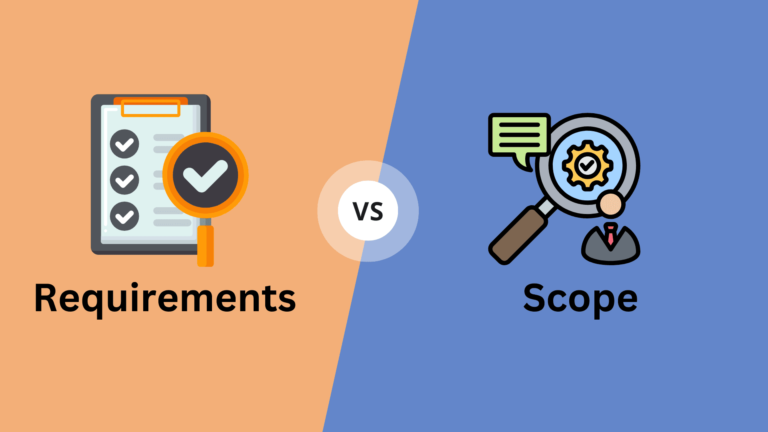The sprint retrospective is a part of the scrum framework that aims to improve product quality and the scrum team’s effectiveness (source: Scrum Guide).
During the Agile retrospective, the scrum team reviews the last sprint’s performance and discusses what went wrong and right. The scrum master discusses the issues, and the team solves the issues.
You will also discuss what actions can improve the effectiveness and workflow of the next sprint.
Afterward, the sprint retrospective will conclude the sprint. The duration of the sprint retrospective is short but can last for three hours for a three-month sprint.
Retrospectives are a form of lessons-learned meetings. They improve the quality and effectiveness of the Agile project, make the process smoother and more streamlined, and ensure that the next sprint is more successful than the previous sprint.
During the sprint retrospective, the scrum team discusses three things:
- What went well during the previous sprint?
- What didn’t go well in the previous sprint?
- How should we improve?
During the sprint retrospective, the scrum master and the team discussed and found ways to improve product quality and processes. After identifying improvement methods, they will prioritize them in the product backlog for the next sprint.
A sprint retrospective allows the scrum team to review the past sprint and apply improvement to the next sprint.
A sprint retrospective meeting has agreed on actionable improvements as an output. The meeting output will list actionable items, including process improvement suggestions for future sprints. Each action item will have an assignee and due dates for the scrum master follow-up.
The scrum master will also update the lessons learned document. If a risk action item is discussed during the retrospective meeting, the scrum master will update the risk register and the risk backlog.
According to the Agile Manifesto, a retrospective is one of the five scrum events, and retros are safe spaces for team members to be open with one another.
How to Run a Sprint Retrospective
It is essential to run the sprint retrospective meeting in an open, relaxed environment to encourage the active participation of all team members. The scrum master will define the agenda, set the ground rules, explain the meeting goals, and ask the team members to come prepared.
Use the following steps to run an Agile retrospective:
Step 1: Prepare for the Meeting
Arrange a big white dashboard or a plain sheet of paper with sticky notes. Create three columns on the board or paper titled:
- “What went well?”
- “What did not go well?
- “How do we improve?”
Bring an external facilitator who can facilitate the meeting without prejudice or biases.
Step 2: Prepare for the Meeting
Create a ground rule and ensure all stakeholders understand and follow them during the meeting.
All project management team members should respect others’ opinions. No one should take any comment personally. Set the time for each discussion item, avoid blaming others, and accept positive criticism.
Step 3: Discuss “What Went Well?”
Allow all development team members to provide details on what went well. Ensure all software developers provide their input in brief and note them on the first column or stick the sticky notes.
Group the similar or duplicate ideas together for easy review. Afterward, you will discuss each idea and see how they can help in the next sprint.
Ensure the duration for this part of the meeting does not exceed 15 minutes.
Step 4: Discuss “What Did Not Go Well?”
Now, you will record what did not go well and what can be improved. Group the similar or repeated items together so you can review them easily.
Ask the team member to talk about their work. Tell them it is not a blame game, and all items will be discussed without prejudice.
This discussion should not take over 15 minutes.
Step 5: Discuss “How do we improve?”
In this stage, you will conduct a brainstorming session to improve the next sprint. You will note one idea on one note and stick it on the board. You will keep similar ideas together in groups.
After finalizing the ideas, you will add them to the backlog and assign the owner to take action in the next sprint.
The duration of this part of the meeting should be around 10 minutes.
Tools Used for the Sprint Retrospective Meeting
Sprint retrospective meetings can be done on a whiteboard. Virtual teams can use Agile project-management tools (e.g., Monday.com, Wrike, nTask, etc.).
Before the sprint review meeting, the team can do exercises like those listed below.
Explorer-Shopper-Vacationer-Prisoner (ESVP)
Before the sprint retrospective meeting, you can conduct this exercise to understand the participant’s mindset.
Here, participants are asked anonymously how they feel about participating in this meeting by choosing one of the options below:
- Explorer: This participant wants to participate in and learn everything discussed in the retrospective.
- Shopper: This participant wants to listen to everything and choose what they take away from the retrospective.
- Vacationer: This participant wants to relax and be a tourist in the retrospective.
- Prisoner: This participant wants to be elsewhere and only attends the retrospective because it is required.
The scrum master then collects the responses, shares the information within the group, and sets the tone for the meeting.
Speedboat Game
Speedboat is a technique used during the sprint retrospective meeting. In this game, team members play the role of a speedboat crew. The boat must reach an island, which symbolizes the project’s vision.
The attendees use sticky notes to record engines and anchors. Engines help them reach the island, while anchors hinder them from reaching the island. This exercise is time-boxed to a few minutes. The scrum master will discuss the project goal and ask team members to record what went well (engines) and what did not (anchors).
Once all items are documented, the information is collected, discussed, and prioritized through voting. Engines are recognized, and mitigation actions are planned for the anchors based on priority.
Common Sprint Retrospective Challenges and How to Overcome Them
A Sprint Retrospective is a crucial ceremony in the Scrum framework. Despite its importance, several challenges may arise during a Sprint Retrospective.
The following are some common challenges and suggestions on how to overcome them:
- Lack of Open Communication: Team members may hesitate to express their opinions openly, thus leading to a lack of valuable feedback.
- Solution: Create a safe, non-judgmental environment. Consider using techniques (e.g., anonymous feedback or rotating facilitators) to encourage open discussions.
- Blaming and Finger-Pointing: Team members may focus on blaming others instead of addressing process or systemic issues.
- Solution: Emphasize a blame-free culture. Shift the focus from individuals to processes and collaboration. Use language that promotes collective ownership of challenges and solutions.
- Time Management: The retrospective can run too long, thus leading to disengagement and fatigue.
- Solution: Set a timebox for the retrospective and stick to it. Use time-management techniques (e.g., the “Pomodoro Technique”) to maintain focus. Prioritize and address the most critical issues first.
- Lack of Actionable Insights: The team identifies issues but struggles to develop actionable improvements.
- Solution: Encourage the team to go beyond problem identification and brainstorm specific, measurable actions. Use techniques (e.g., the “5 Whys”) to dig deeper into root causes and generate meaningful solutions.
- Issue Repetition: The same issues are discussed repeatedly without resolution.
- Solution: Keep a Retrospective Action Items Log to track previous improvements and their impact. Revisit unresolved issues, assess the effectiveness of previous actions, and adjust strategies as needed.
- Dominance by a Few Voices: Certain team members may dominate the discussion, thus hindering input from others.
- Solution: Ensure that everyone has an opportunity to speak. Use techniques (e.g., “Round Robin”) or have team members write their thoughts down before the discussion to give everyone an equal voice.
- No Follow-Up: Action items identified in the retrospective may not be implemented or followed up on.
- Solution: Integrate retrospective action items into the Sprint Backlog. Assign responsibilities for each action item and track progress in subsequent retrospectives. Make it a habit to review the status of previous action items.
- Change Resistance: Team members may resist implementing changes suggested during the retrospective.
- Solution: Foster a culture of continuous improvement and emphasize the benefits of change. Involve the team in the decision-making process and highlight the positive impact that changes can have on their work.
Frequently Asked Questions
What is the Difference Between a Sprint Retrospective and a Sprint Review?
A sprint review involves reviewing the sprint deliverables. Here, the scrum team demonstrates the work done to the product owner and relevant stakeholders and gets approval and acceptance of the product or service.
In a sprint retrospective meeting, the scrum master and the scrum team meet to discuss the lessons learned throughout the sprint, which happens after the sprint review. The information is documented as lessons learned so that it can be applied to future sprints.
When is a Sprint Retrospective Meeting Held?
The sprint retrospective meeting is held at the end of the sprint, usually after the sprint review meeting and before the sprint planning for the next sprint. Some teams are tempted to combine sprint review meetings with sprint retrospective meetings. However, these meetings must be kept separate, as both meetings serve different purposes and are attended by different stakeholders.
Who Should Attend the Sprint Retrospective Meeting?
The scrum master moderates the sprint retrospective meeting, and the whole scrum team should attend. It is optional for the product owner to attend; however, a product owner’s presence can be helpful, as they will encourage honest discussion among the team members.
What is the Duration of the Sprint Retrospective Meeting?
Sprint retrospective meetings have no fixed duration. The meeting duration depends on several factors, such as team size, the experience of the team, if the team is remotely located, etc. As a rule of thumb, if the sprint duration is two weeks, the sprint retrospective duration can be 1 hour, and a four-week sprint can have a two-hour retrospective meeting.
Conclusion
A sprint retrospective meeting is an important Agile process conducted at the end of the sprint and before planning the next sprint. The scrum master leads this meeting and ensures that the meeting’s common goal is achieved.

I am Mohammad Fahad Usmani, B.E. PMP, PMI-RMP. I have been blogging on project management topics since 2011. To date, thousands of professionals have passed the PMP exam using my resources.








Thank you for sharing your thoughts and opinion over this topic, it was clearly explained and well outlined, the difference between a sprint retrospective and a sprint review if not clearly understood can be quite confusing, thank you for clarifying that.
It is many at times easy to confuse the two or have the edge to combine the two during either of the events
Excellent article providing an easy to understand mode to understand the topic in-depth. Looking forward for many such insightful articles on Agile Project Management.